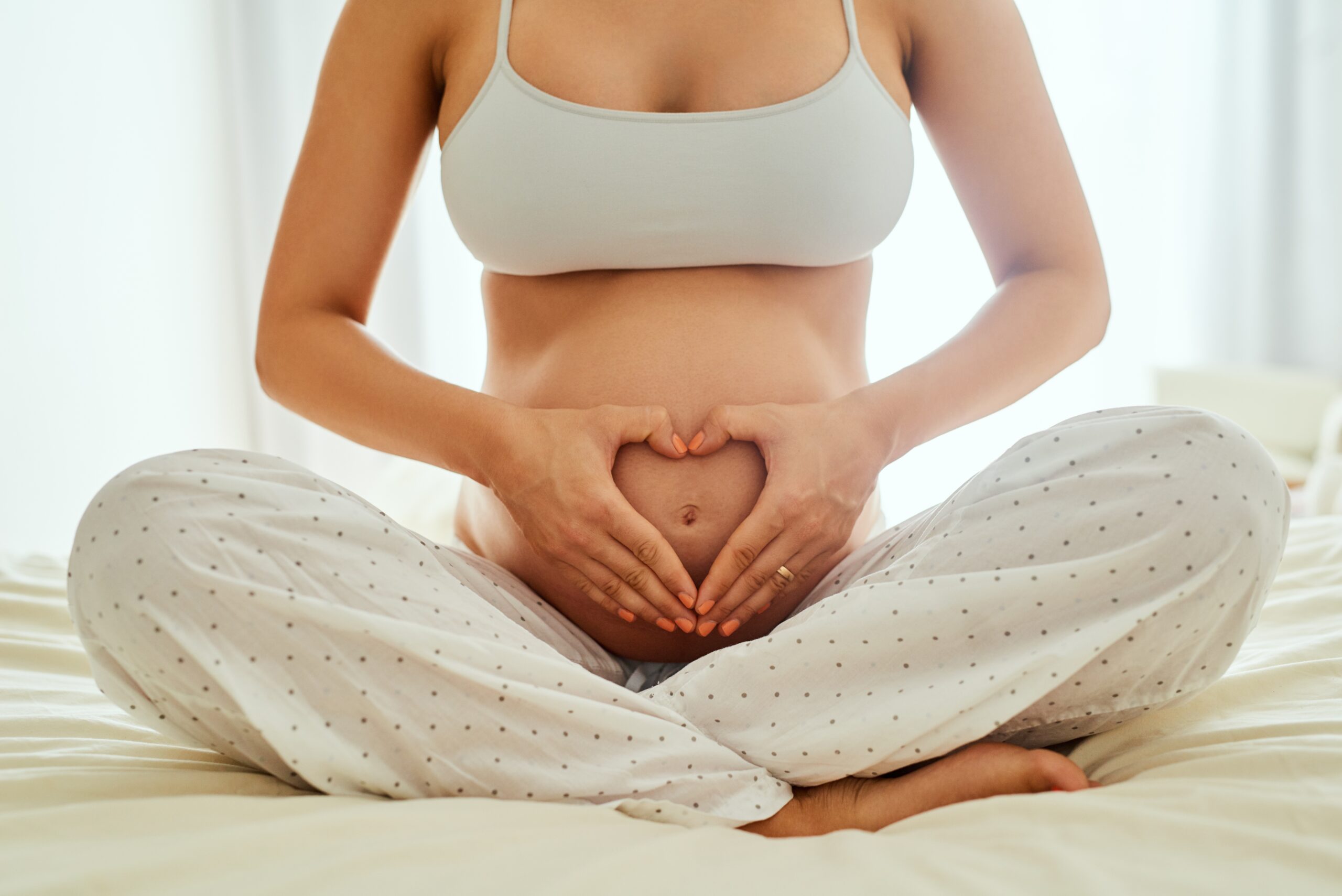
Assisted Hatching
A Guide to Enhancing Embryo Implantation

1.Mechanical Hatching
This technique involves the use of a fine needle or micropipette to physically create a small slit in the zona pellucida. While effective, this method requires extreme precision to avoid causing any damage to the embryo.
2.Chemical Hatching
A small amount of a weak acid solution, such as Tyrode’s solution, is applied to the zona pellucida to dissolve a tiny portion of it. The exposure time is carefully controlled to ensure that only the desired area is affected, allowing for a small opening to be created.
3.Laser-Assisted Hatching
This is the most advanced and widely used method today. A highly focused laser beam is used to precisely thin or create a hole in the zona pellucida. Laser-Assisted Hatching offers the highest level of control and precision, reducing the risk of damage to the embryo and increasing the chances of successful hatching.

